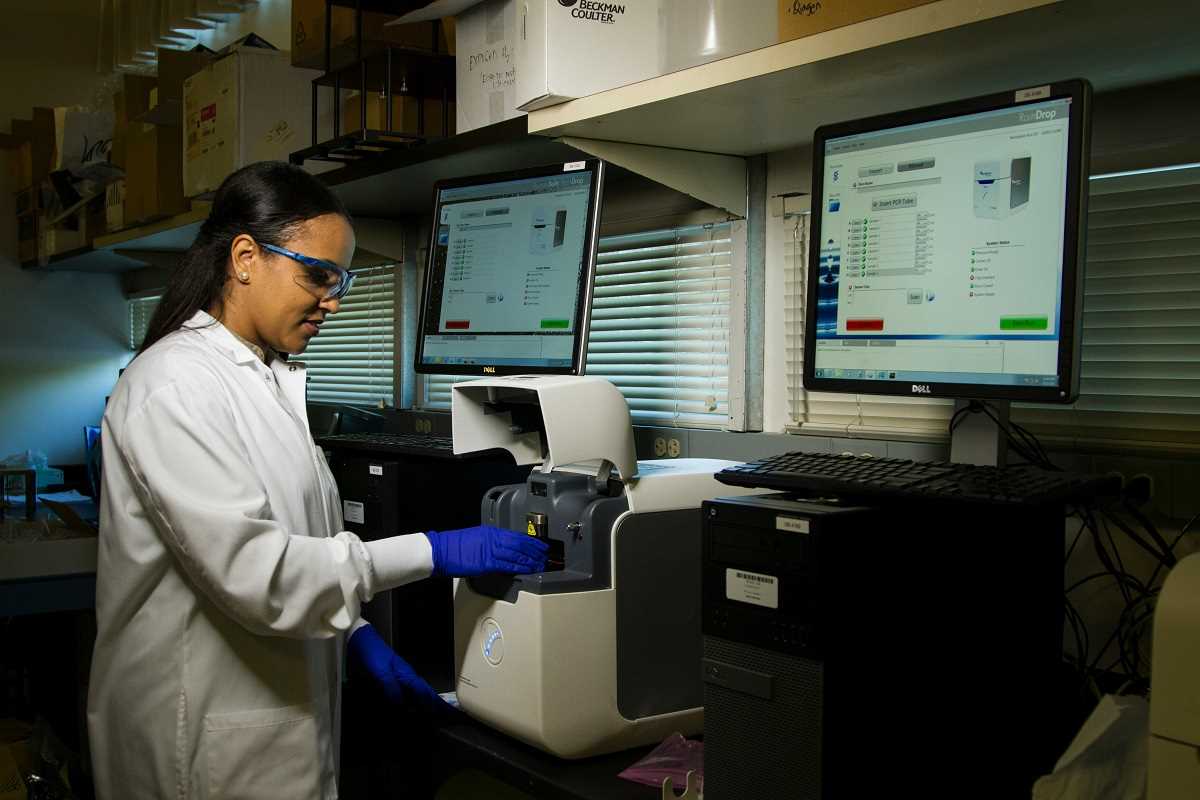The workplace has become an extension of the digital ecosystem. With constant notifications, emails, and app alerts, employees are often caught in a whirlwind of screen time and distractions. While technology has undoubtedly increased productivity and enabled remote work, it has also introduced challenges like burnout, diminished focus, and strained interpersonal connections.
One solution gaining momentum is the concept of tech-free zones in the workplace. These designated spaces, free from phones, laptops, and other digital devices, are designed to foster mindfulness, creativity, and genuine human interaction. Here’s how the introduction of tech-free zones can transform workplace culture and create a healthier environment for everyone.
Reducing Stress and Digital Overload
Modern workplaces thrive on multitasking, but this constant juggling often leaves employees overwhelmed. Tech-free zones offer a reprieve from the relentless pace of digital demands. Stepping into a space where screens are forbidden allows employees to pause, reset, and recharge.
- Studies show that excessive screen time contributes to elevated stress levels and reduced mental clarity.
- Disconnecting, even briefly, can lower cortisol levels, the hormone associated with stress.
- Employees who take regular screen breaks report higher levels of energy and focus.
- A calmer mental state leads to better decision-making and enhanced productivity.
- Tech-free zones help reduce “technostress,” the anxiety linked to constant digital connectivity.
By encouraging employees to step away from their devices, organizations can foster a work environment where mental health is prioritized and stress is effectively managed.
Creativity and Innovation
Creativity thrives in moments of stillness and reflection, but these moments are increasingly rare in tech-saturated environments. The absence of screens in tech-free zones encourages employees to think freely, brainstorm, and engage in deep work without the interruption of notifications or emails.
When employees aren’t tethered to their devices, they are more likely to engage in face-to-face conversations, bounce ideas off colleagues, and collaborate in meaningful ways. These interactions often lead to breakthroughs that wouldn’t occur in a distracted, tech-heavy setting.
Tech-free zones can be specifically designed to inspire creativity. Incorporating elements like comfortable seating, whiteboards, plants, and natural light creates an environment conducive to innovative thinking. Removing the digital crutch forces employees to rely on their instincts, imagination, and interpersonal skills — all of which are essential for solving complex problems.
Strengthening Workplace Relationships
One of the unintended consequences of workplace technology is the erosion of personal connections. It’s not uncommon to see colleagues sitting side by side, communicating solely through Slack or email instead of engaging in real conversations. Tech-free zones aim to reverse this trend by fostering authentic human interaction.
Without the distraction of screens, employees are more likely to engage in meaningful discussions, build rapport, and develop trust with one another. These spaces encourage collaboration and camaraderie, laying the groundwork for stronger team dynamics and a healthier workplace culture.
For instance, a tech-free lunchroom or relaxation area can become a hub for informal conversations and relationship building. Such spaces remind employees that their colleagues are not just avatars on a screen but real people with shared goals and challenges.
Boosting Physical and Mental Health
Prolonged screen use has been linked to a host of physical and mental health issues, from eye strain and poor posture to anxiety and depression. Introducing tech-free zones can mitigate these risks by encouraging employees to take regular breaks from their devices.
Physical health benefits include improved posture and reduced risk of repetitive strain injuries. Mental health improvements are even more profound. Stepping away from screens allows employees to reset their focus, reduce feelings of overwhelm, and engage in mindfulness practices.
Organizations can take tech-free zones a step further by integrating wellness activities like yoga, meditation, or light stretching. These activities not only enhance physical well-being but also help employees develop tools to manage stress and improve their overall quality of life.
Implementing Tech-Free Zones Effectively
Introducing tech-free zones requires thoughtful planning and communication. Employees may initially resist the idea, fearing a loss of productivity or feeling disconnected. To ensure the success of these zones, organizations can take the following steps:
- Explain the purpose: Clearly communicate the benefits of tech-free zones and how they contribute to a healthier workplace.
- Lead by example: Encourage leadership to embrace and use these spaces, setting a positive tone for the rest of the team.
- Design appealing spaces: Make tech-free zones inviting with comfortable furniture, calming colors, and natural elements.
- Encourage voluntary participation: Instead of mandating tech-free time, create an environment where employees naturally gravitate toward these spaces.
- Gather feedback: Regularly assess how employees feel about the zones and make adjustments based on their input.
When implemented thoughtfully, tech-free zones can become an integral part of workplace culture, serving as a beacon for well-being, creativity, and connection.
The future of work isn’t just about using the latest gadgets — it’s about finding harmony between technology and humanity. Tech-free zones are a step in the right direction, showing that even in a digitally dominated world, there’s room for balance, reflection, and genuine connection.
 (Image source: Midjourney)
(Image source: Midjourney) 





